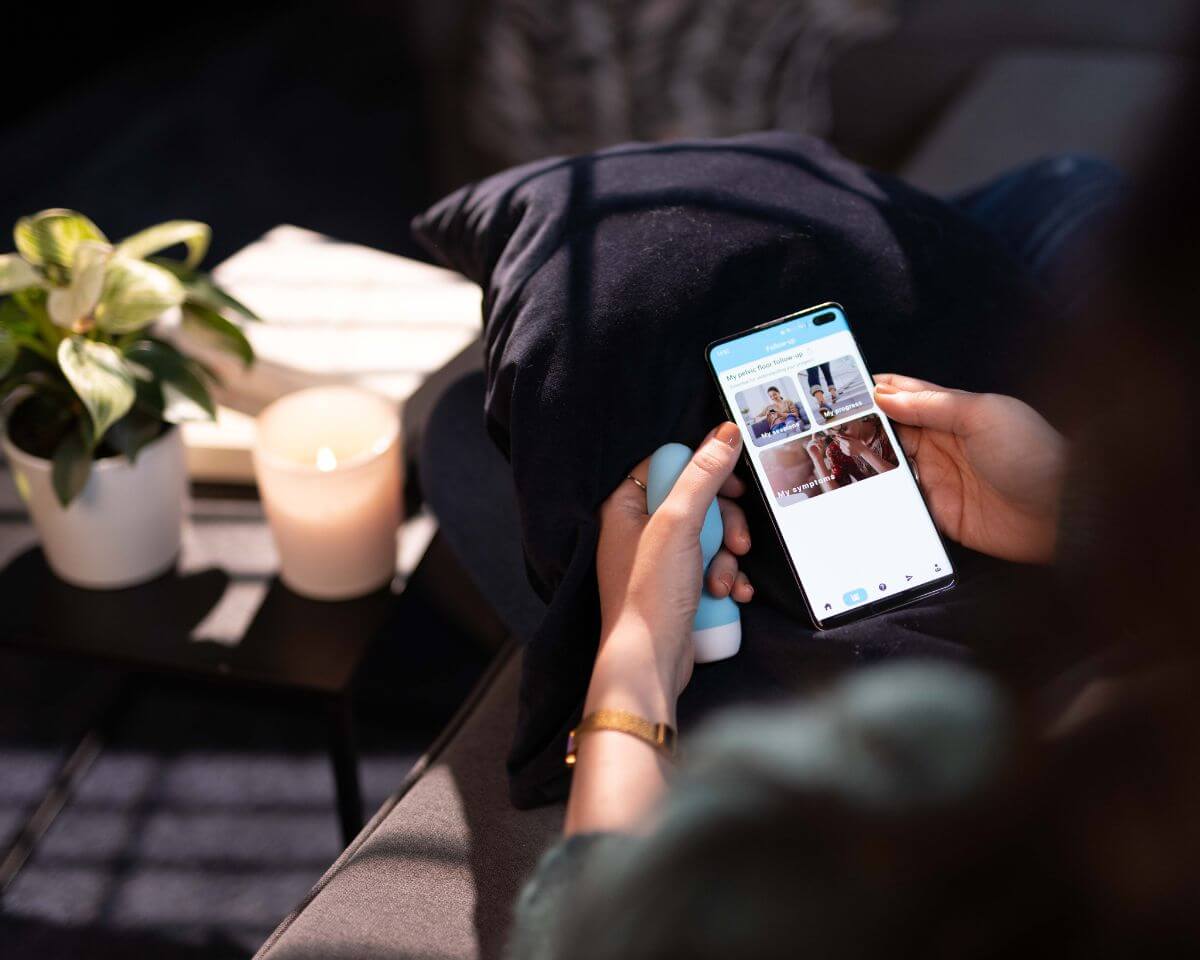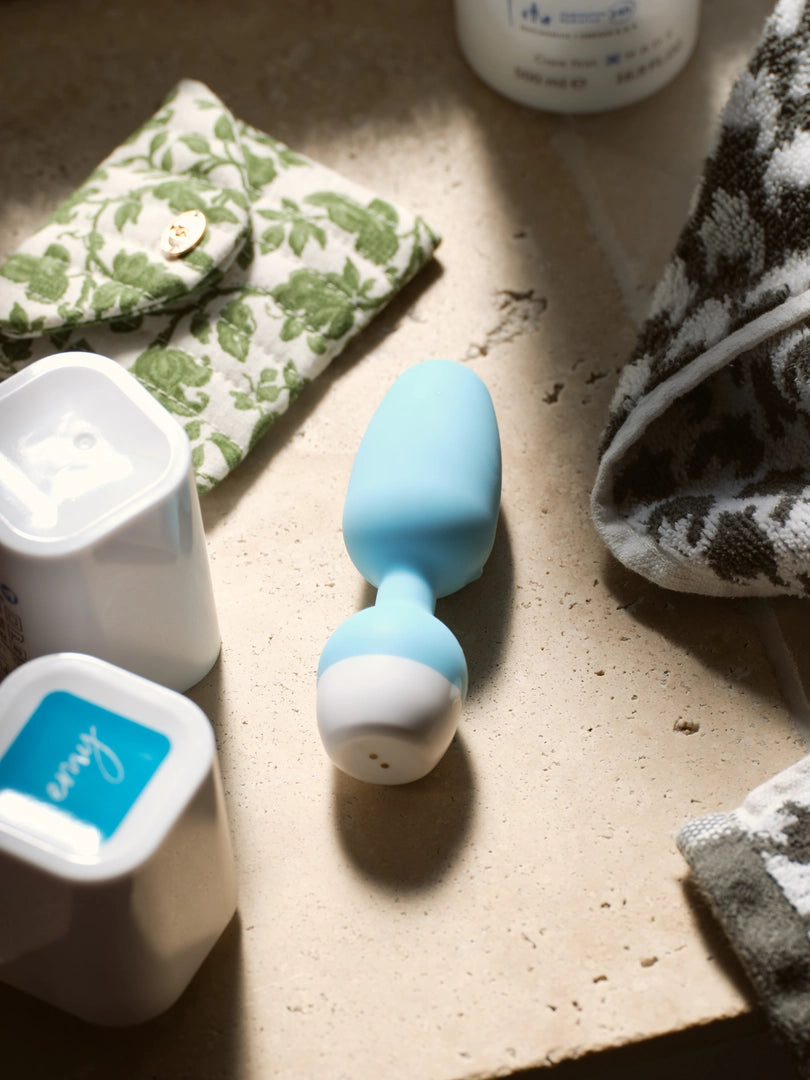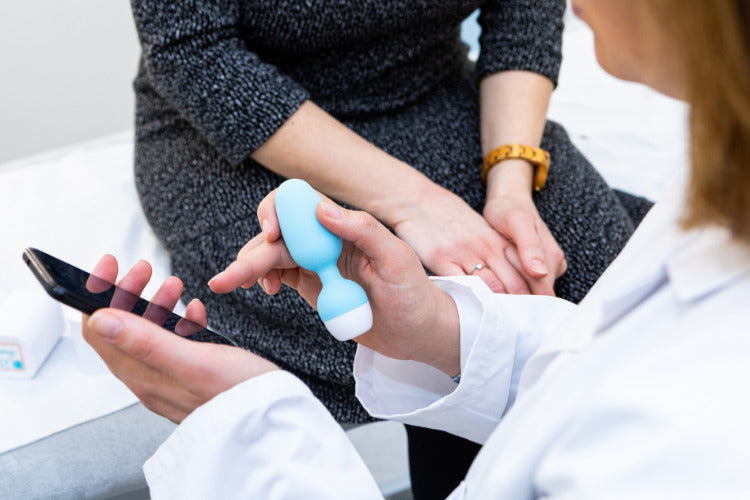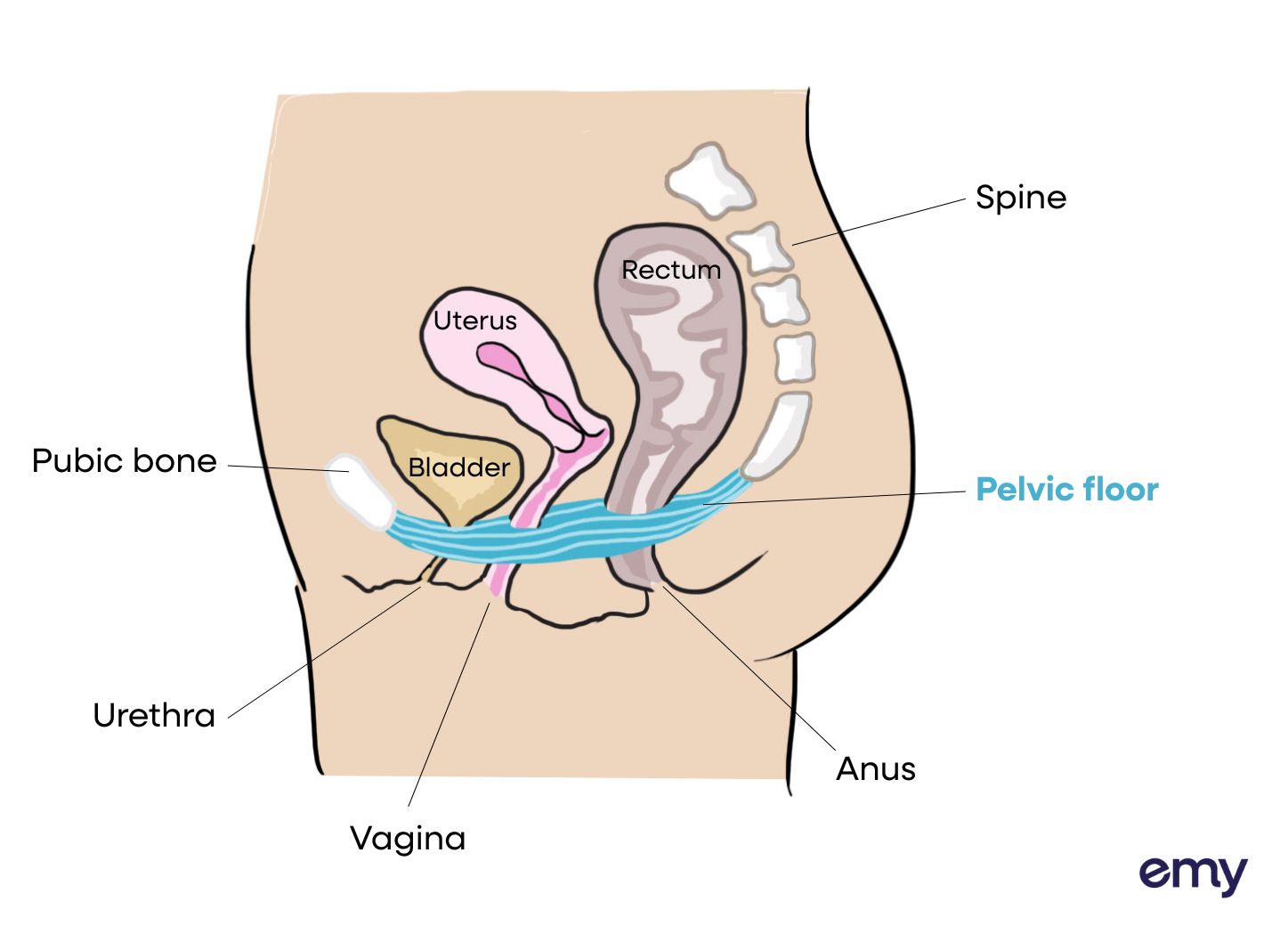Why re-educate your perineum at home?
Rehabilitation of the perineum should, as much as possible, go through a visit to your healthcare professional to learn how to contract your perineum correctly. But there are many reasons why some women cannot go to a health professional: medical desert, lack of time, fear of talking about it...
There are also perineal gymnastics sessions which any woman can attend. Once again, we often think, wrongly, that these sessions are reserved for women who have just given birth. Every woman can participate if she finds one near her home.
Fortunately, there are also solutions to tone and strengthen your perineum at home and to practice perineal rehabilitation independently at home.








